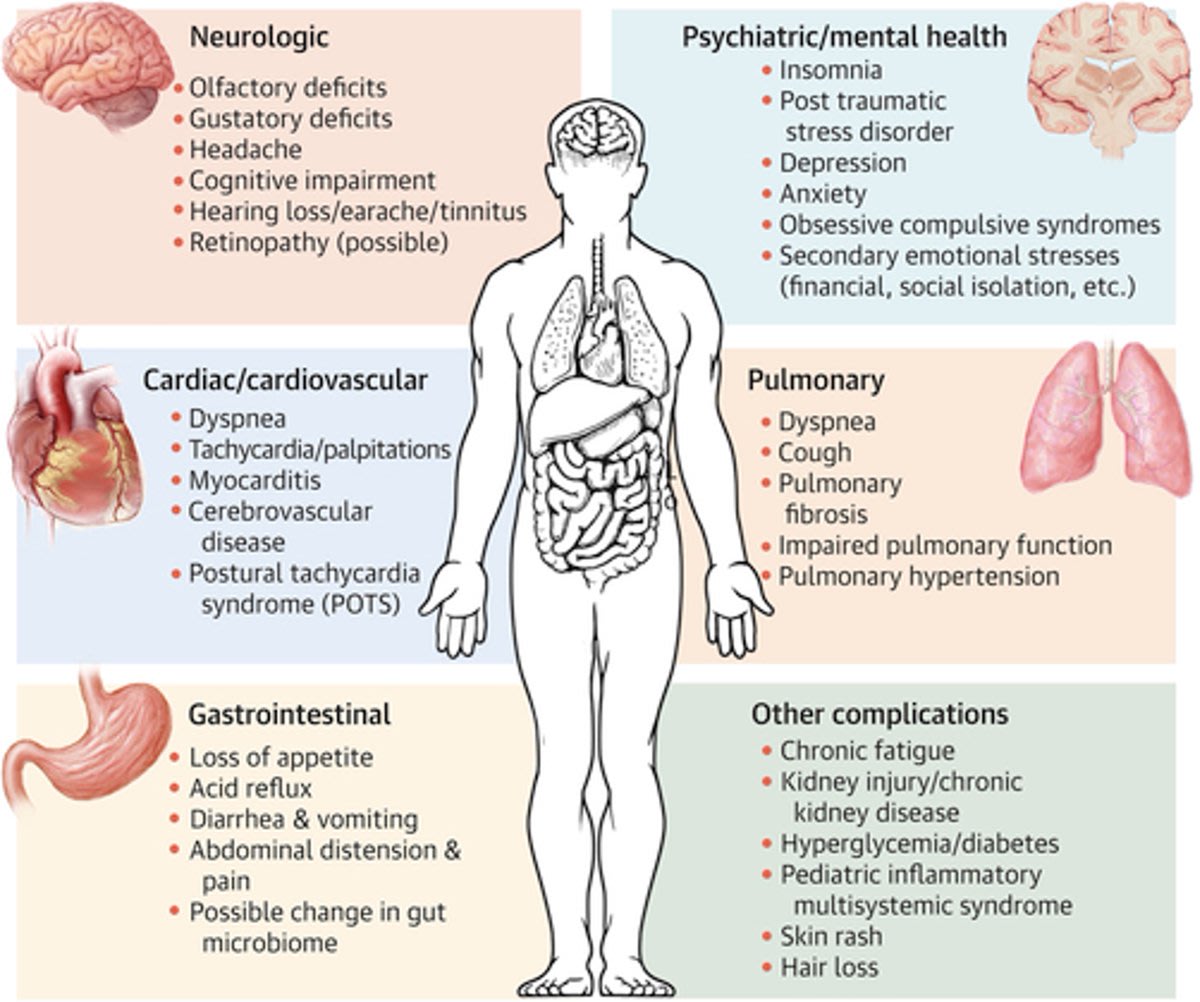What Is Long COVID?

Long COVID is increasingly prevalent, and symptoms may persist for months or years. Patients with Long COVID report prolonged, multisystem involvement and significant disability. By seven months, many patients have not yet recovered (mainly from systemic or neurological and cognitive symptoms), have not returned to previous levels of work, and continue to experience significant symptom burden.
Ask the Expert Spotlight: Katelyn Jetelina
Katelyn Jetelina, author of Your Local Epidemiologist, translates public health science into everyday language
- Long Covid Mini-Series: Burden How many people have long COVID?
The burden of long COVID has been extremely difficult to grasp. Prevalence and incidence estimates have vastly ranged from 2% to 75%.
- Long Covid Mini-Series: The Heart How does SARS-CoV-2 affect the heart?
Unfortunately, just like with long COVID in general, we don’t know the exact mechanisms through which SARS-CoV-2 impacts the heart. But four pathways continue to be explored
-
Long Covid Mini-Series: Kids Long COVID among kids is one of the pandemic’s biggest mysteries—and one that causes a lot of worry for parents. This is a deep dive into what we know (and do not know) right now.
-
Long Covid Mini-Series: Indicators and Treatment In epidemiology, one of the biggest jobs we have is to find disease patterns. Because if we can find patterns, the disease is predictable. And if it’s predictable, then it’s preventable and/or treatable. This means we are not only interested in how many people get the disease, but who gets that disease. For the past two years, scientists have been trying to figure out the patterns of long COVID. So far, we’ve uncovered a few very interesting patterns.

